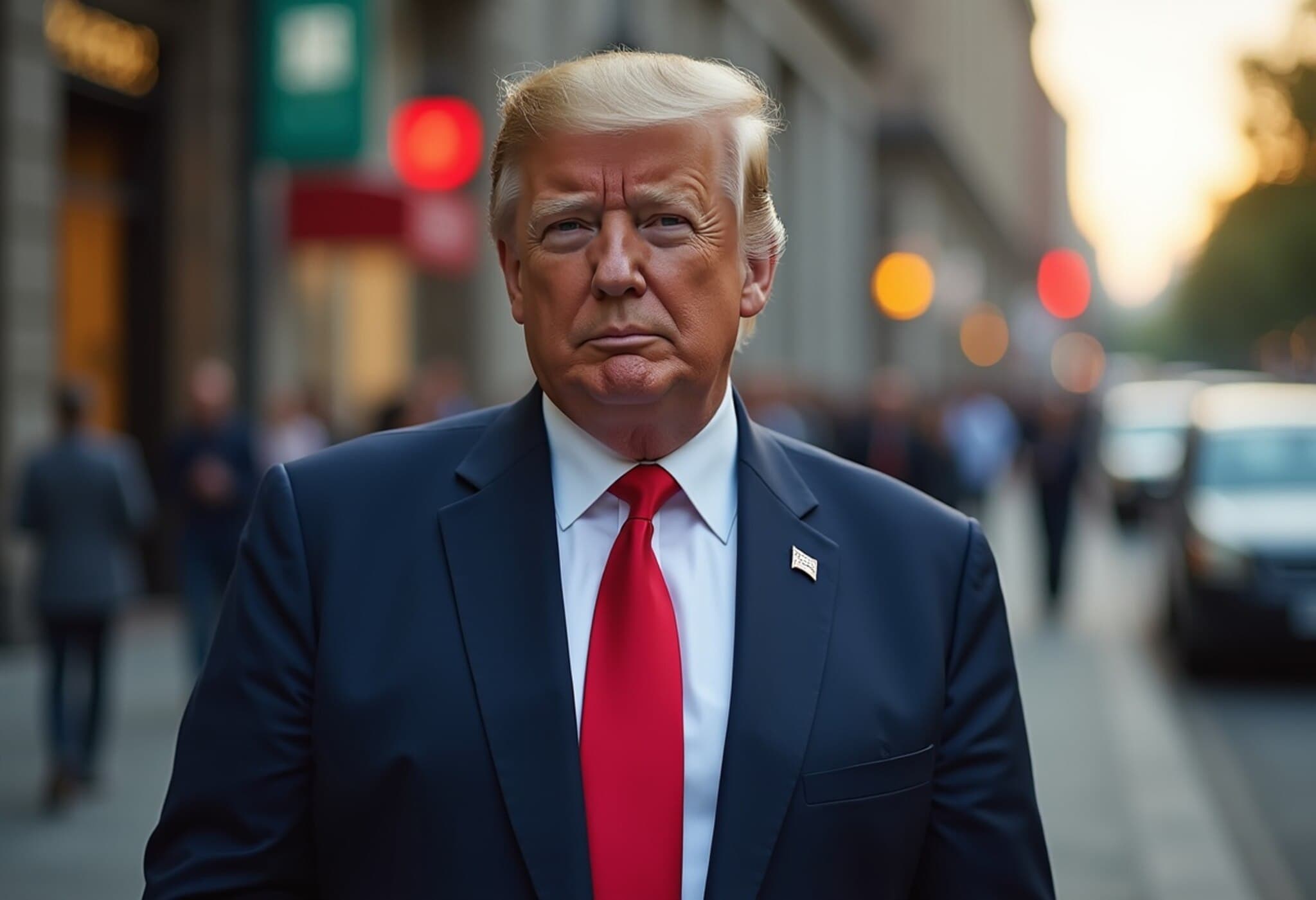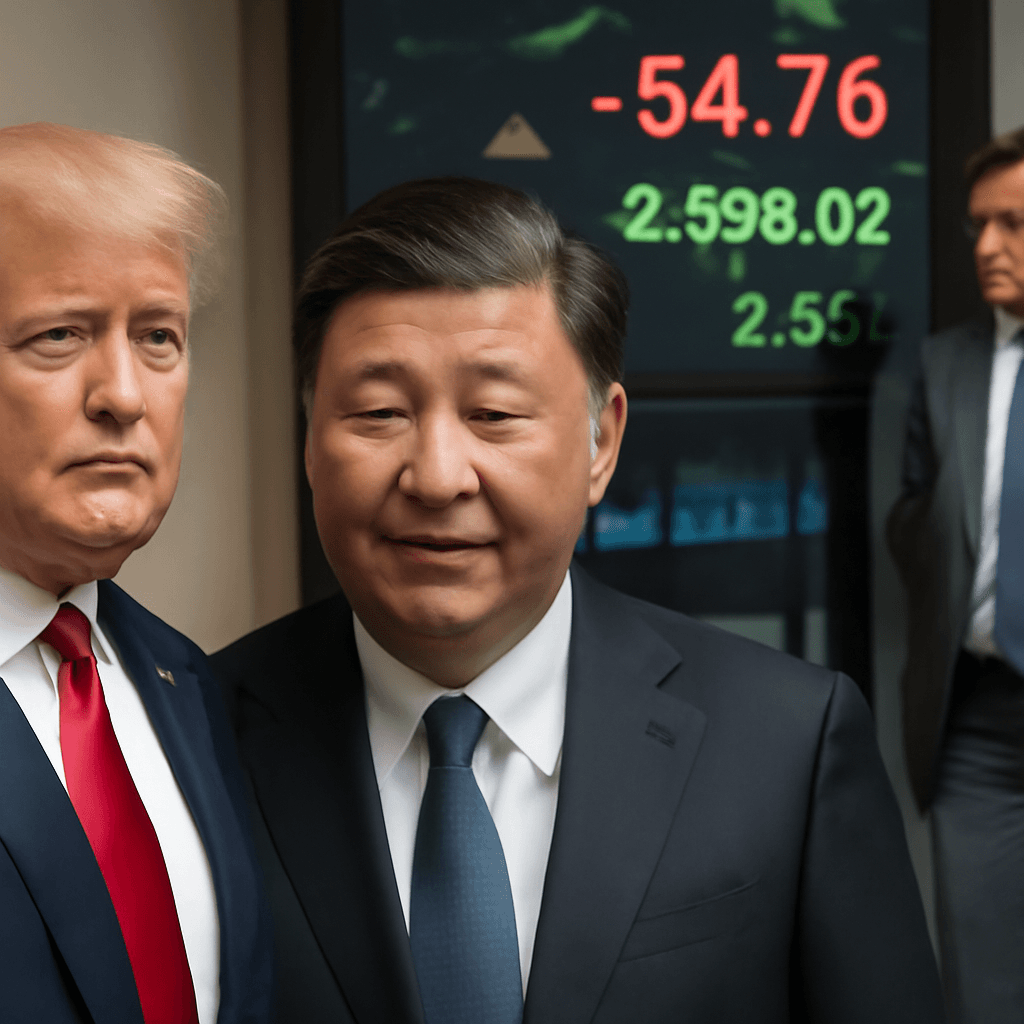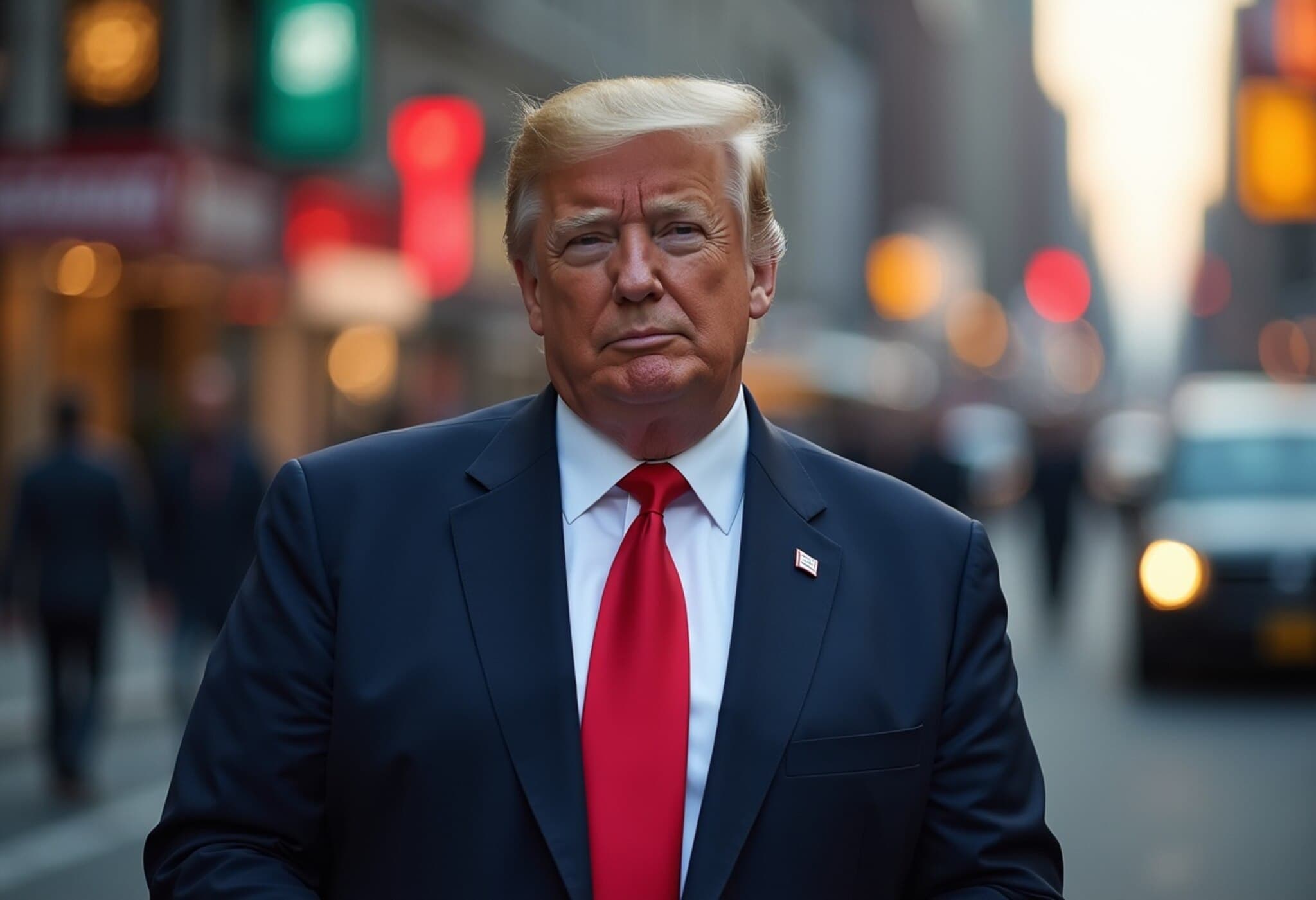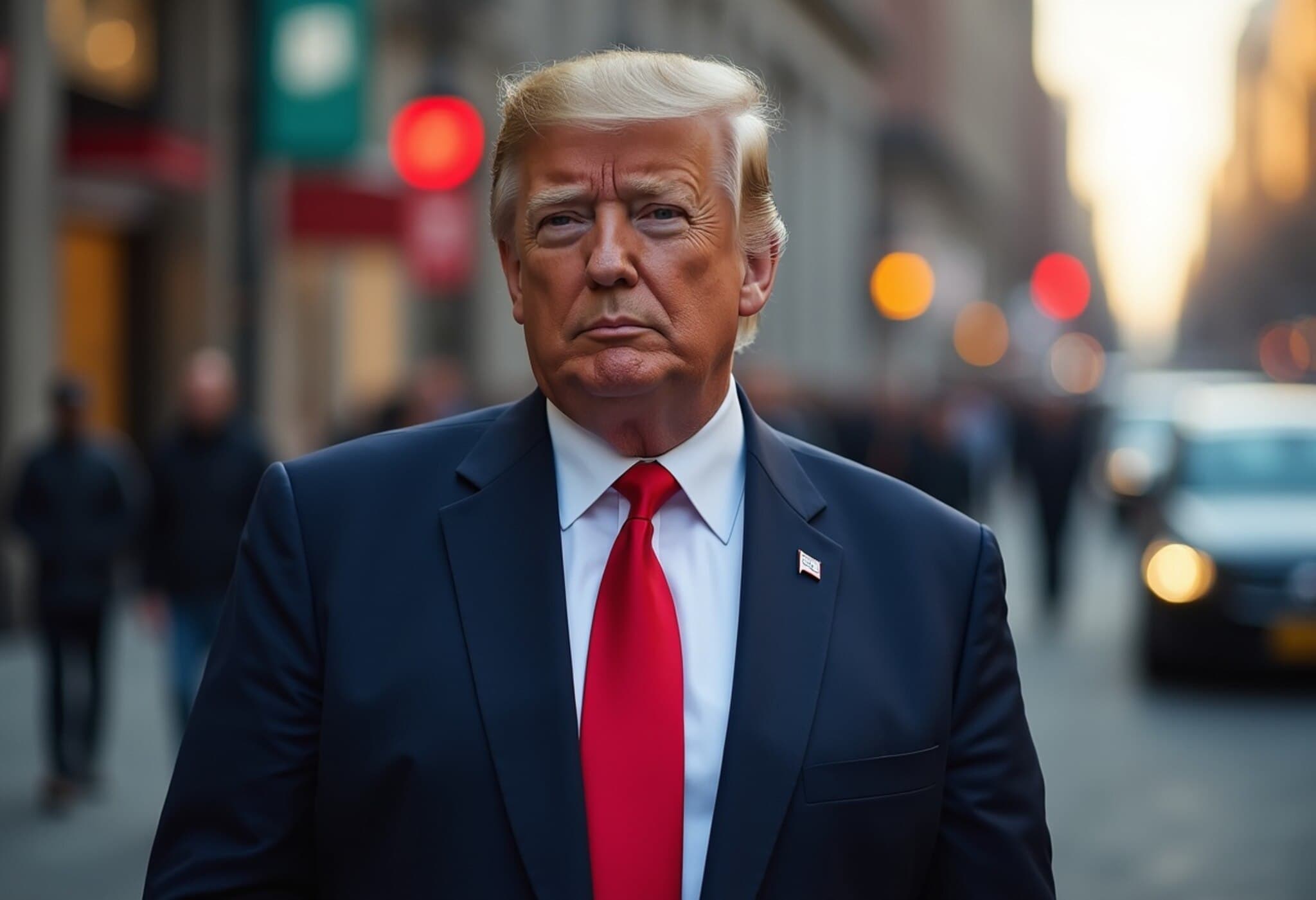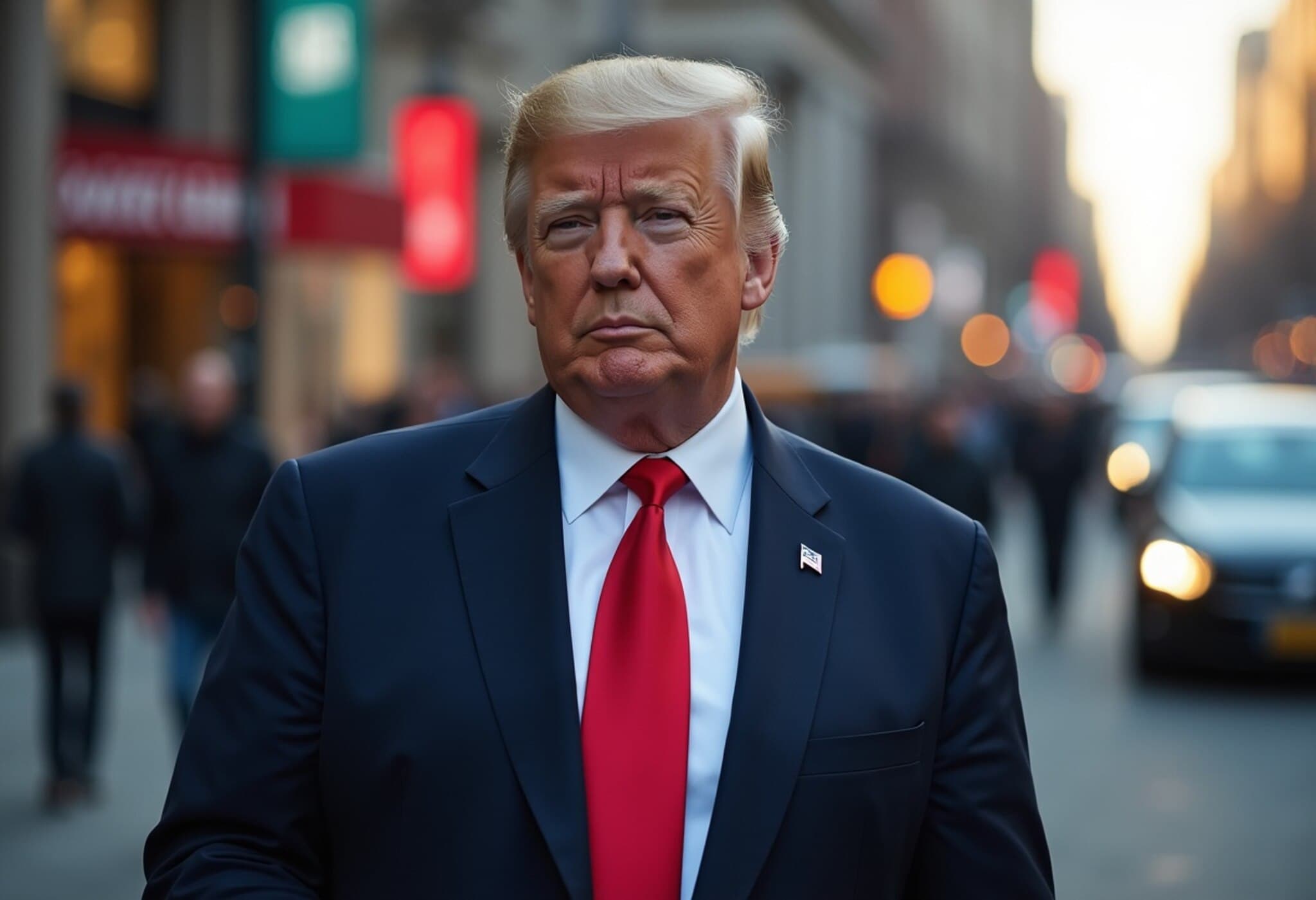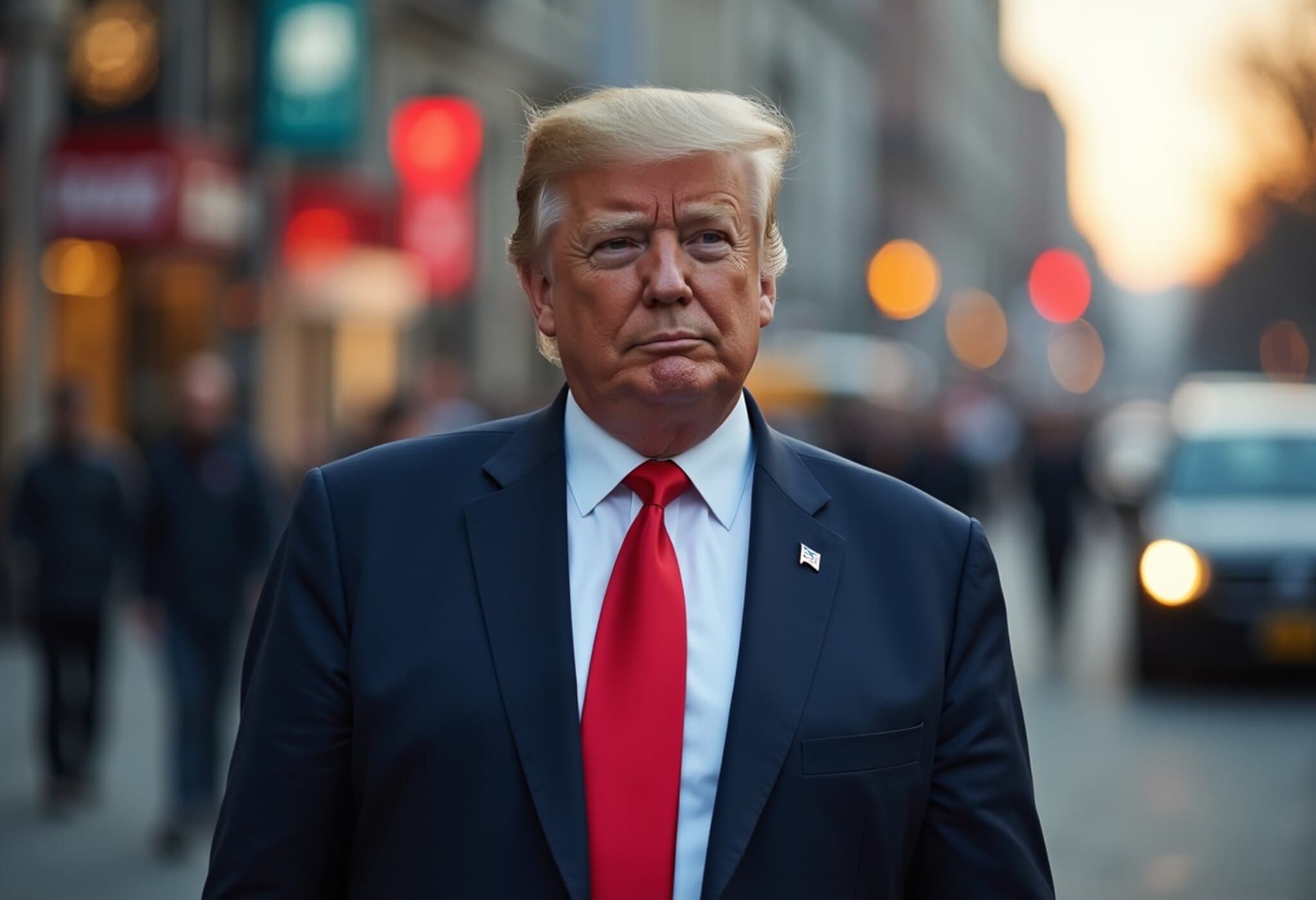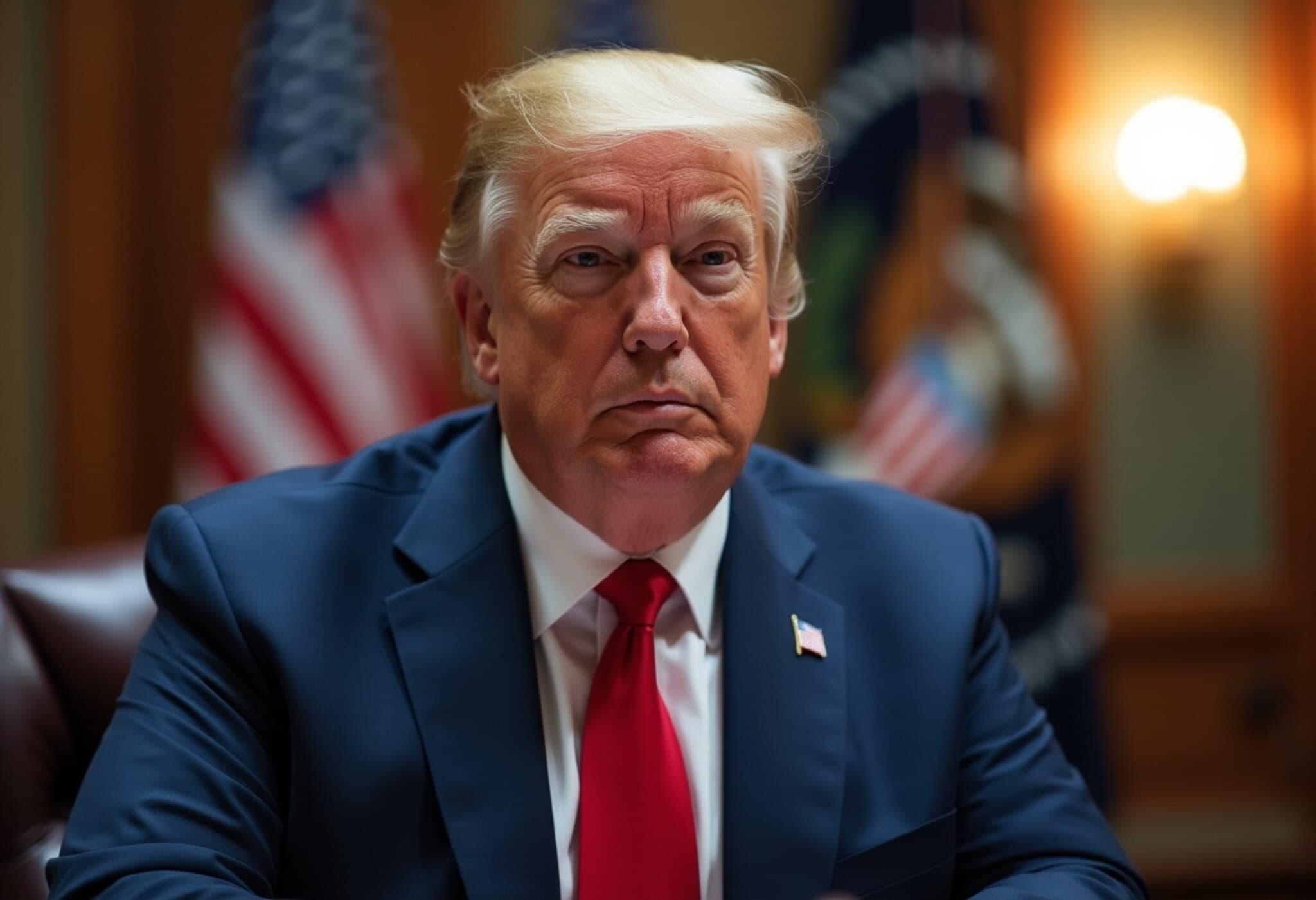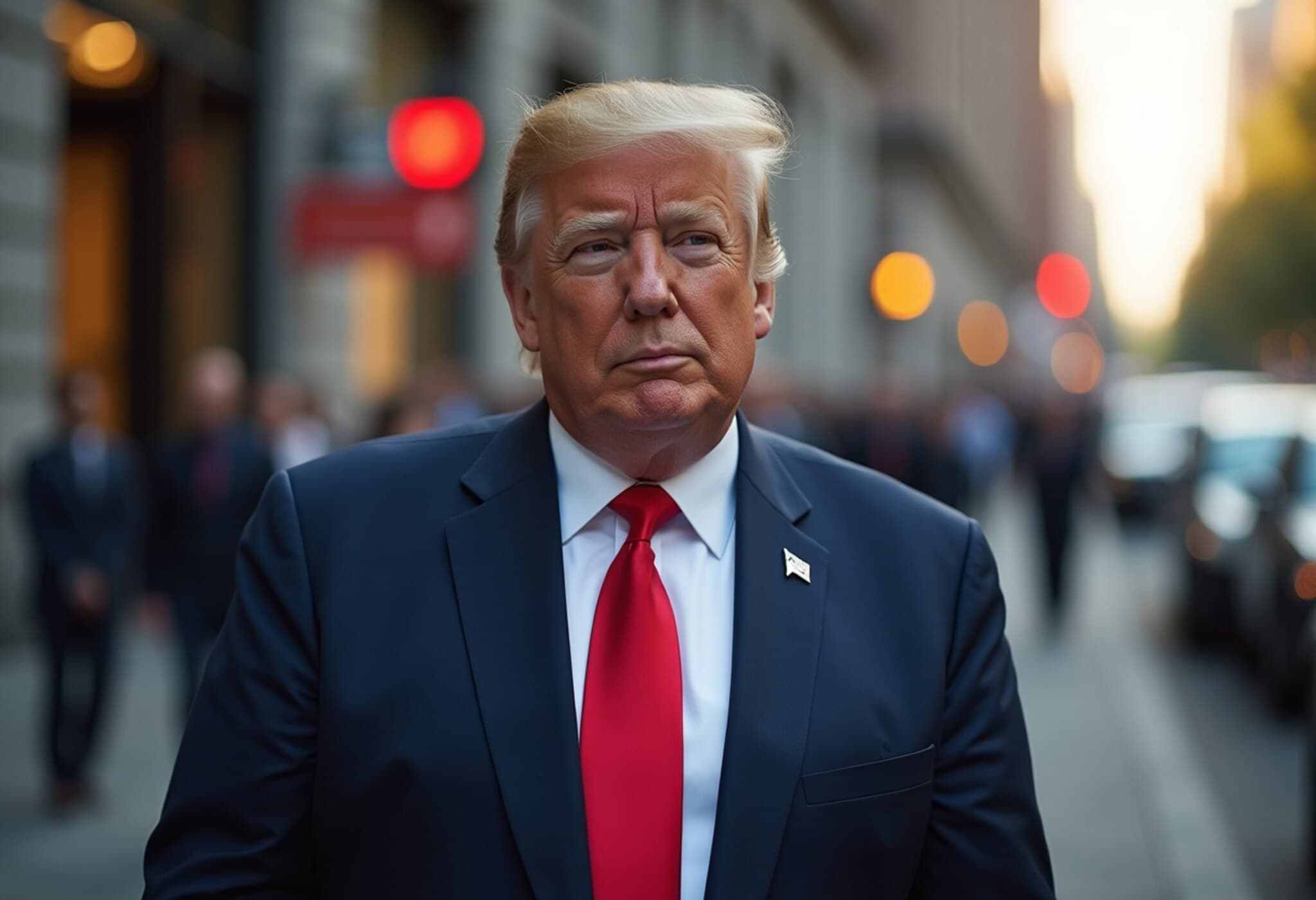Trump Sets New Tariffs on Six Countries Starting August 1
In a move that sends ripples through global trade dynamics, former U.S. President Donald Trump announced on July 9, 2025, new tariff rates imposed on six countries. The announcement was made via Trump's self-founded social media platform, Truth Social, highlighting his direct engagement with the public on economic policy.
Details of the Tariff Measures
The tariffs, effective August 1, are as follows:
- Philippines: 25%
- Brunei: 25%
- Algeria: 30%
- Moldova: 25%
- Iraq: 30%
- Libya: 30%
Each tariff rate was disclosed through a letter posted on Truth Social, emphasizing targeted trade restrictions rather than blanket measures. This selective approach underscores a strategic consideration of bilateral economic and geopolitical relationships.
Context and Implications
From a global trade perspective, Trump's latest tariff impositions extend his well-known protectionist stance that marked his previous administration tenure. While tariffs can protect certain domestic industries against foreign competition, they also risk escalating trade tensions and inviting retaliatory measures. Countries like the Philippines and Iraq, important players regionally, might face economic challenges if trade contracts are curtailed.
Analysis by Trade Experts
Trade analysts observe that the choice of countries reflects a complex interplay of diplomatic relations and economic priorities. For example, imposing a 30% tariff on Libya and Iraq—both with significant oil exports—could be interpreted as a stance on energy security and political influence in the Middle East.
Experts warn that these tariffs might inadvertently affect U.S. consumers and businesses reliant on imports from these nations, potentially increasing costs and supply chain complexities.
Political and Economic Dimensions for the U.S.
Domestically, these tariff announcements bolster themes of economic nationalism, aligning with Trump's broader agenda aiming to prioritize American manufacturing and labor markets. However, they also raise critical questions about the potential for inflationary pressures and strained diplomatic ties.
U.S. policymakers must now weigh the benefits of shielding certain industries against the risks of alienating strategic partners or disrupting global economic stability.
Underreported Perspectives
Notably missing from the headlines is the viewpoint of the affected countries themselves, their responses, and the anticipated impact on their economies and bilateral relations. How these nations adapt or challenge the tariffs could set important precedents in ongoing negotiations and international diplomacy.
Looking Ahead
The announcement marks a critical juncture in U.S. trade policy, inviting scrutiny from economists, business leaders, and international partners alike. As August approaches, stakeholders will be watching closely to see the broader economic ripple effects and geopolitical realignments.
This latest round of tariffs underscores the persistent tension between protectionism and global cooperation in trade policy. While aiming to protect domestic interests, such measures often come with complex repercussions that extend beyond borders, affecting consumers, global markets, and diplomatic relationships. Readers are encouraged to consider the multifaceted impacts of trade policies and the delicate balance policymakers must maintain.

